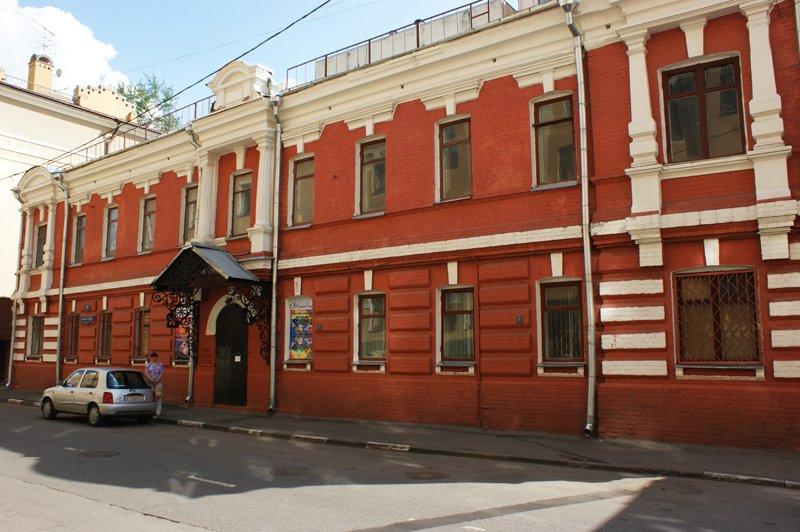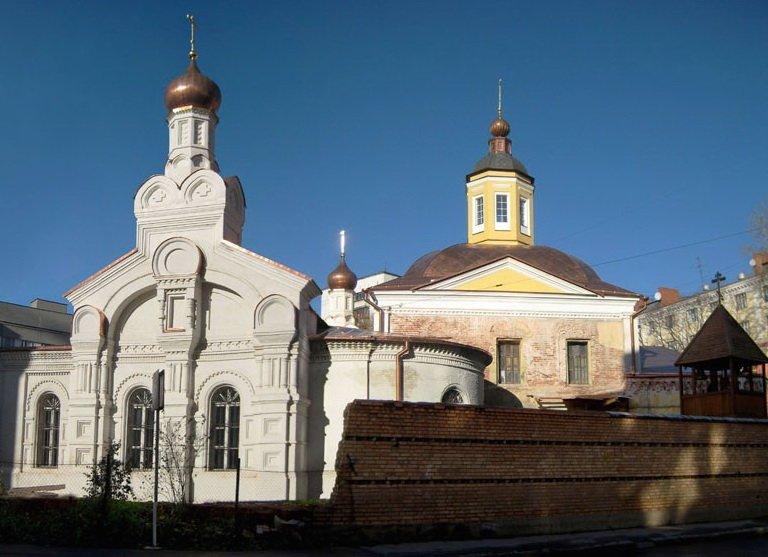Информация о памятнике
Стела, составленная из двух гранитных плит, установлена на невысоком гранитном постаменте. На стеле изображен силуэт Сухаревской башни. Под ним посвятительная надпись: «На этой площади находилась Сухаревская башня, в которой с 1701 по 1715 г. размещались навигацкие классы — первое светское учебное заведение, готовившее кадры для российского флота и государства».
Надпись на тыльной стороне: «Установлен в 1996 г. в ознаменование 300-летия российского флота».
Материал: гранит
Надпись на тыльной стороне: «Установлен в 1996 г. в ознаменование 300-летия российского флота».
Материал: гранит



%20BEL_0449.jpg&w=1920&q=75)























.jpg&w=1920&q=75)


